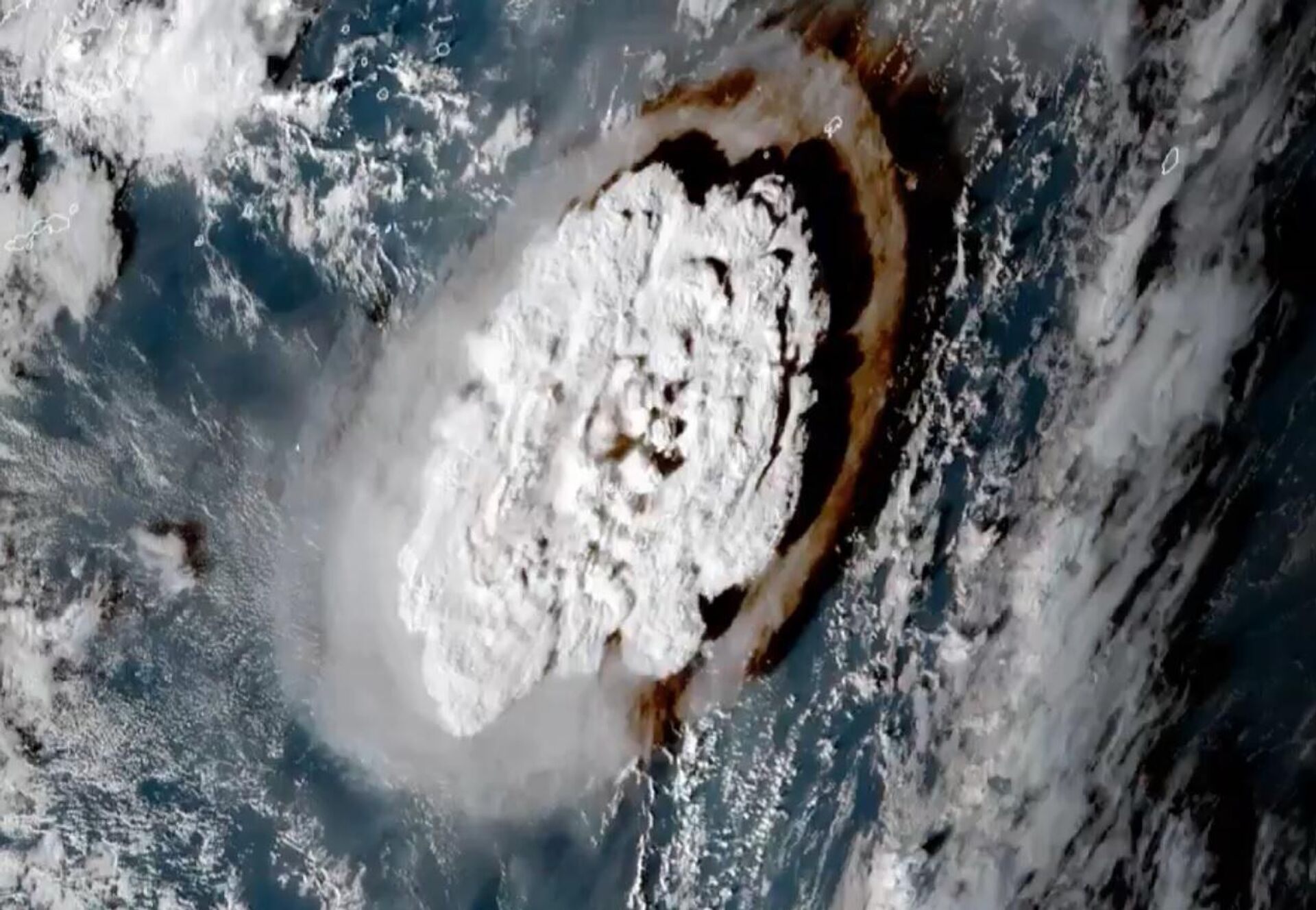https://sputnikglobe.com/20220131/australias-largest-warship-suffers-power-failure-during-humanitarian-mission-1092633342.html
Australia's Largest Warship Suffers Power Failure During Humanitarian Mission
Australia's Largest Warship Suffers Power Failure During Humanitarian Mission
Sputnik International
MOSCOW (Sputnik) - The Australian Navy frigate HMAS Adelaide was crippled by a massive power failure after completing a humanitarian mission in Tonga, earlier... 31.01.2022, Sputnik International
2022-01-31T08:03+0000
2022-01-31T08:03+0000
2022-01-31T08:15+0000
asia
australia
tonga
royal australian navy
https://cdn1.img.sputnikglobe.com/img/107494/85/1074948580_0:0:3371:1896_1920x0_80_0_0_a5f58f58d34bd1c0dba66df25fbe571c.jpg
The warship was "stranded" for some time because of a power failure, including the backup power, that is why most of the crew were sleeping "above deck", the broadcaster said, citing sources onboard.On 21 January, the authorities announced that HMAS Adelaide would be sent to Tonga with humanitarian aid consisting of water, tents, and protective equipment, following an underwater volcanic eruption and tsunami.The Australian warship delivered humanitarian supplies for Tonga last week and was allowed to dock despite a COVID-19 outbreak on board. Australian Foreign Minister Marise Payne said the aid delivery was contactless to avoid virus transmission.A massive volcanic eruption rocked the Hunga Tonga-Hunga Ha'apai islands, 40 miles north of the Tongan capital of Nuku'alofa, on 15 January, triggering a powerful tsunami that uprooted trees, damaged and destroyed buildings and vehicles, and covered the islands in a layer of ash.
australia
tonga
Sputnik International
feedback@sputniknews.com
+74956456601
MIA „Rossiya Segodnya“
2022
Sputnik International
feedback@sputniknews.com
+74956456601
MIA „Rossiya Segodnya“
News
en_EN
Sputnik International
feedback@sputniknews.com
+74956456601
MIA „Rossiya Segodnya“
Sputnik International
feedback@sputniknews.com
+74956456601
MIA „Rossiya Segodnya“
australia, tonga, royal australian navy
australia, tonga, royal australian navy
Australia's Largest Warship Suffers Power Failure During Humanitarian Mission
08:03 GMT 31.01.2022 (Updated: 08:15 GMT 31.01.2022) MOSCOW (Sputnik) - The Australian Navy frigate HMAS Adelaide was crippled by a massive power failure after completing a humanitarian mission in Tonga, earlier devastated by a volcanic eruption and tsunami, the ship's commander, Captain Stuart Watters, said on Monday.
"Marine Technical Department have worked throughout the past few days to restore power and get us operational again. We are still experiencing issues with external communications and wanted to let you know that everyone onboard is safe", Watters wrote in an email to Australia's ABC News.
The warship was "stranded" for some time because of a power failure, including the backup power, that is why most of the crew were sleeping "above deck", the broadcaster said, citing sources onboard.
On 21 January, the authorities announced that HMAS Adelaide would be sent to Tonga with humanitarian aid consisting of water, tents, and protective equipment,
following an underwater volcanic eruption and tsunami.
The Australian warship delivered humanitarian supplies for Tonga last week and was allowed to dock despite a COVID-19 outbreak on board. Australian Foreign Minister Marise Payne said the aid delivery was contactless to avoid virus transmission.
A massive volcanic
eruption rocked the Hunga Tonga-Hunga Ha'apai islands, 40 miles north of the Tongan capital of Nuku'alofa, on 15 January,
triggering a powerful tsunami that uprooted trees, damaged and destroyed buildings and vehicles, and covered the islands in a layer of ash.



